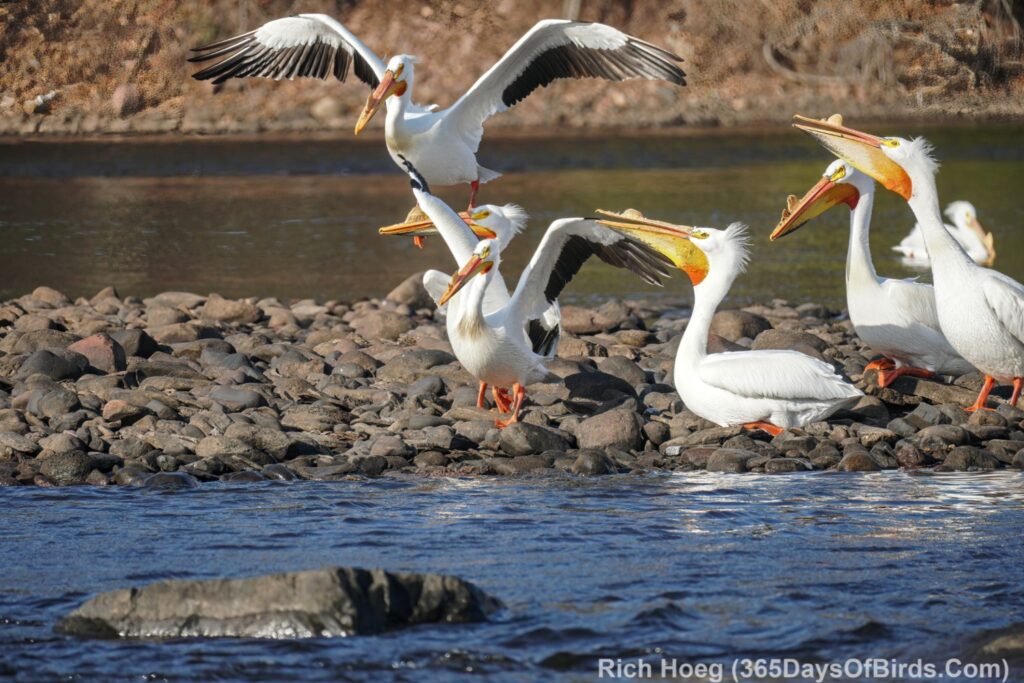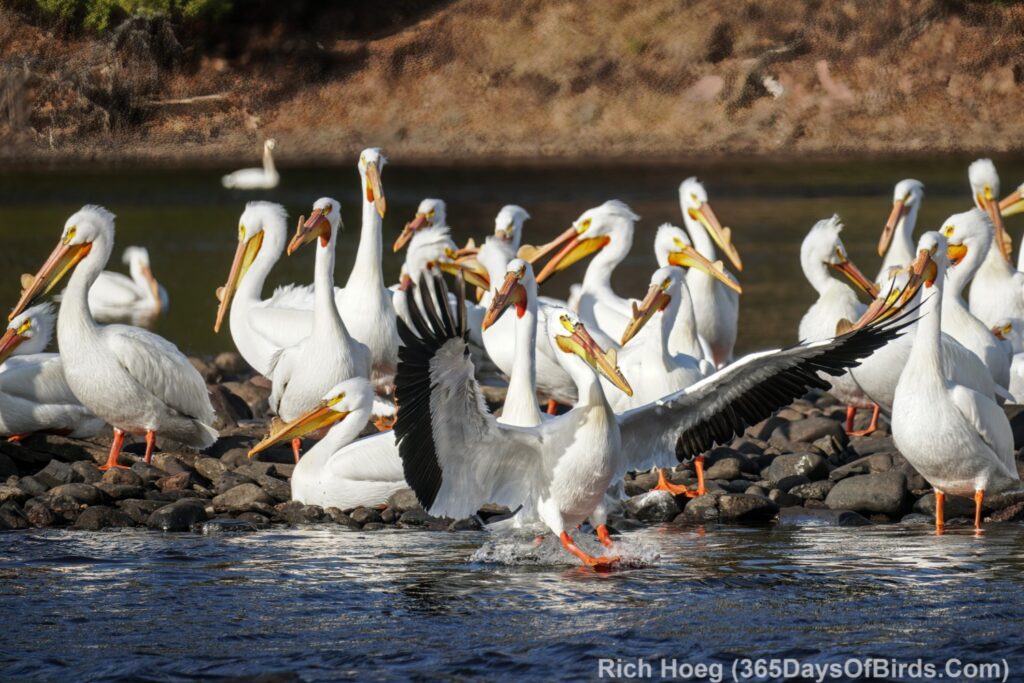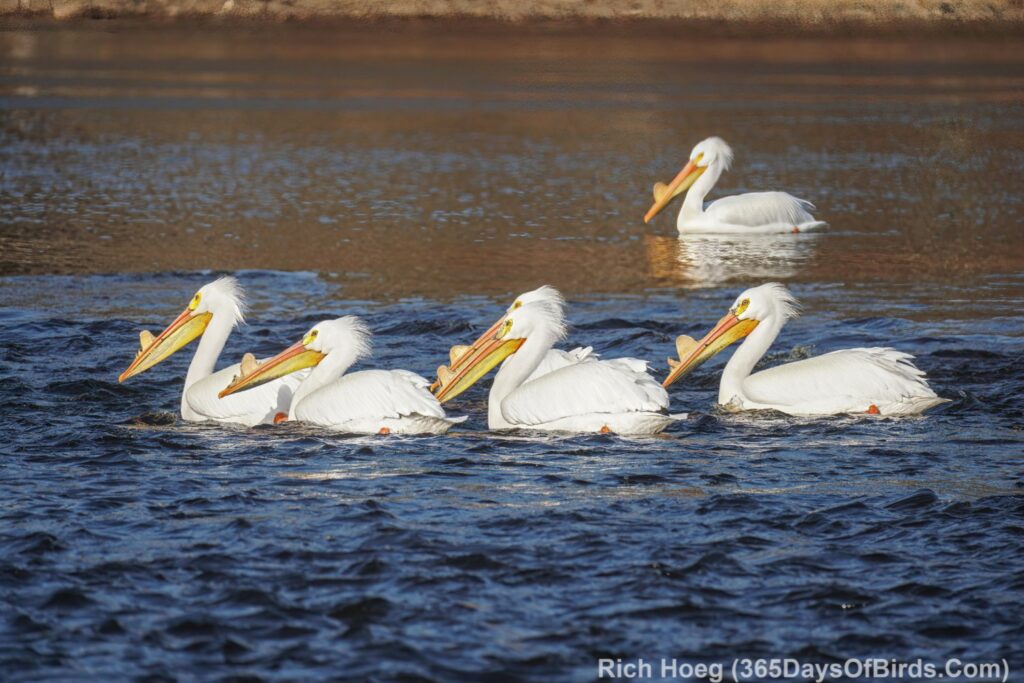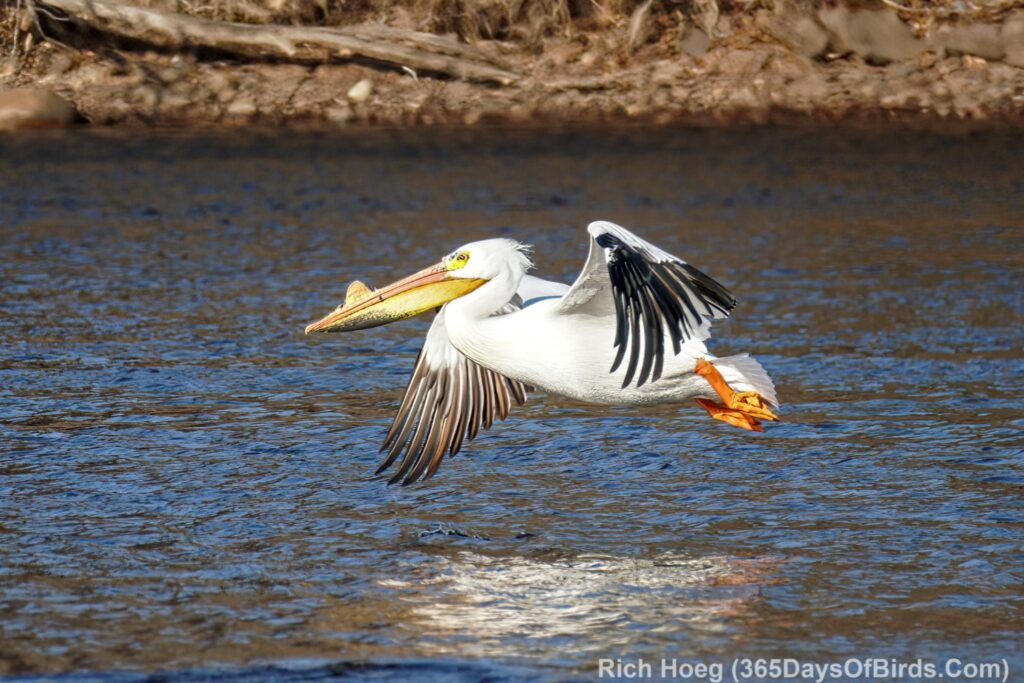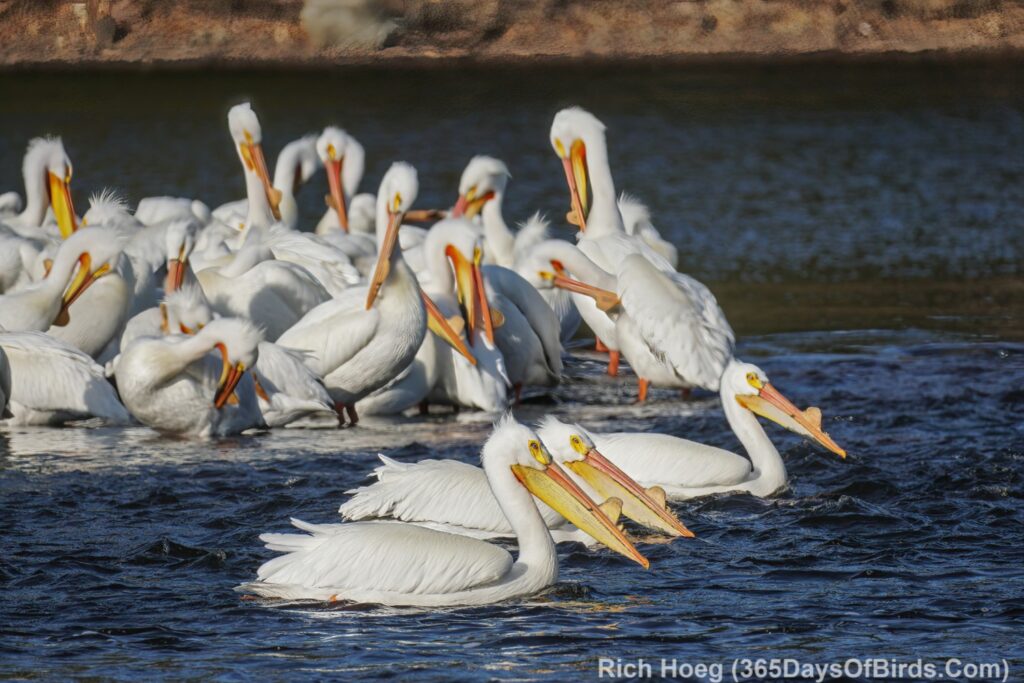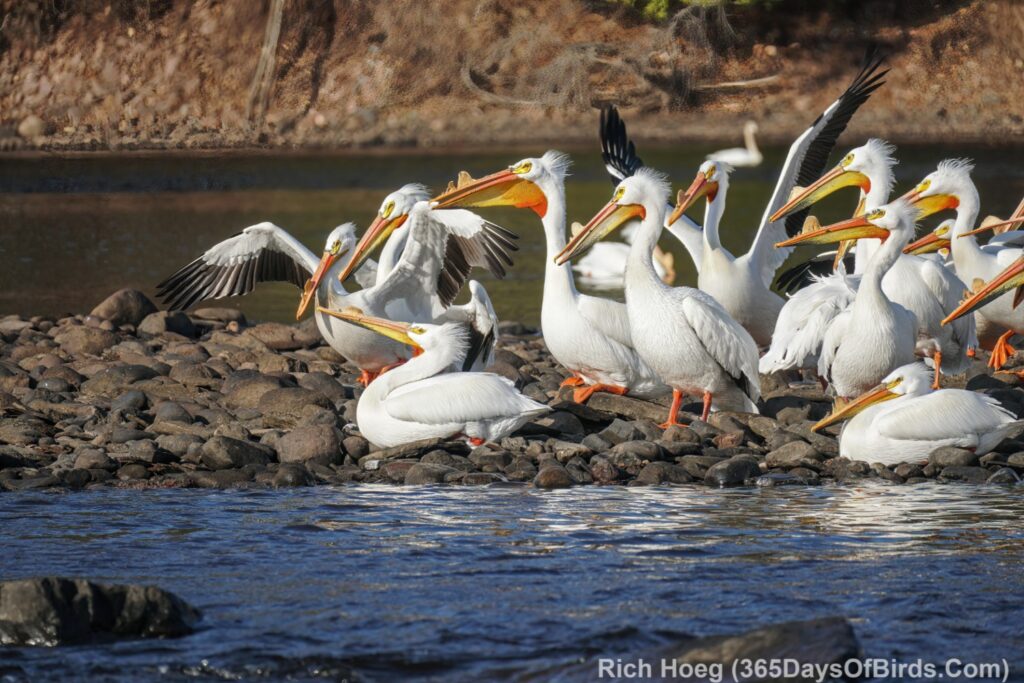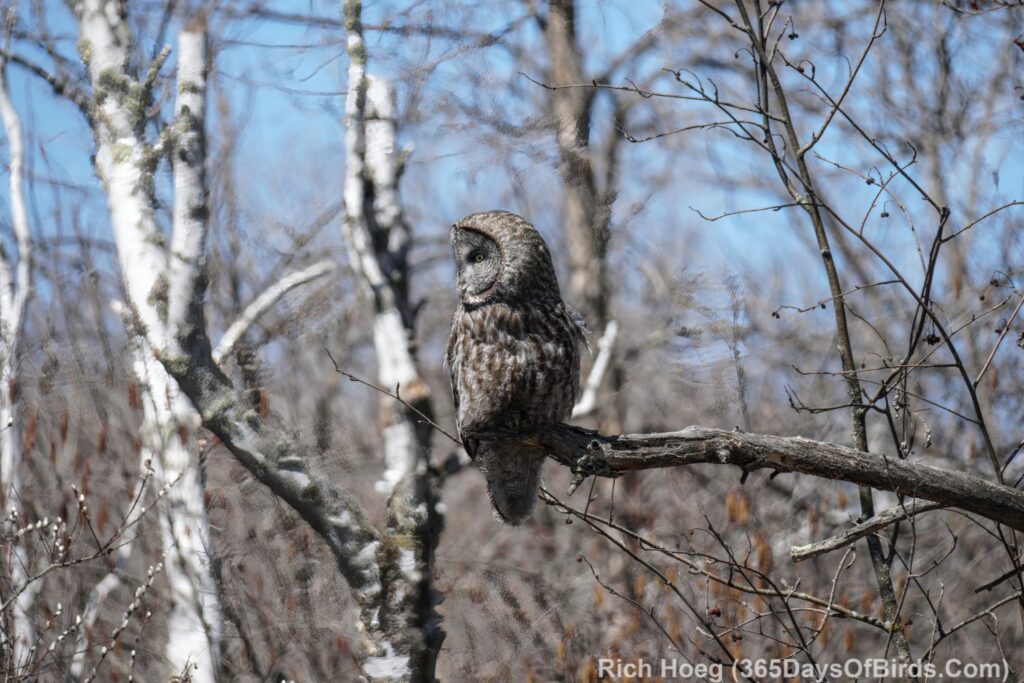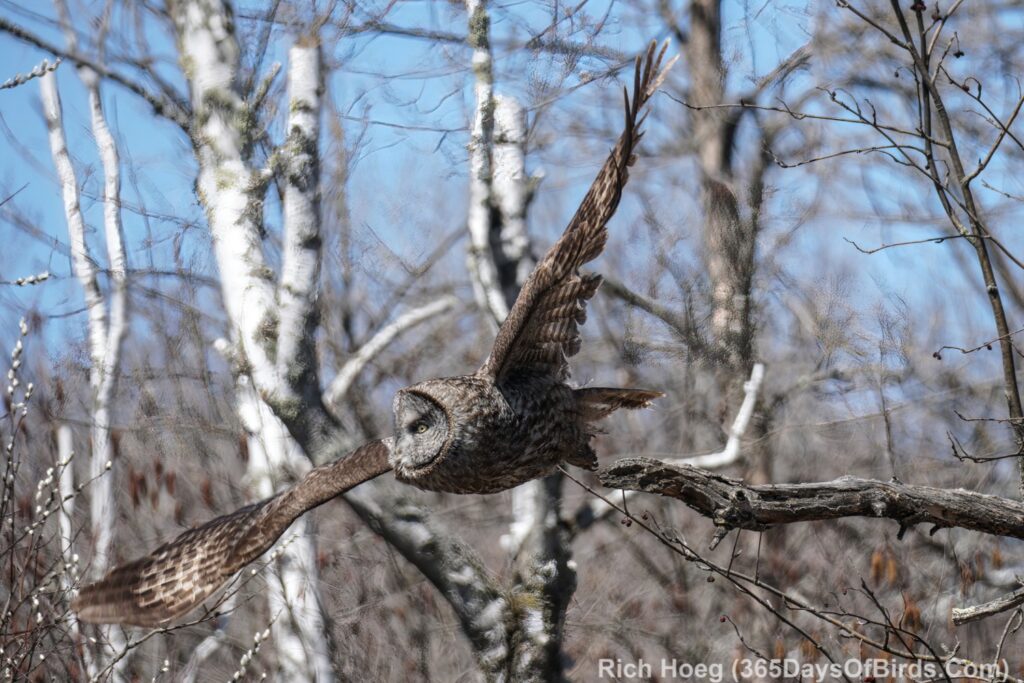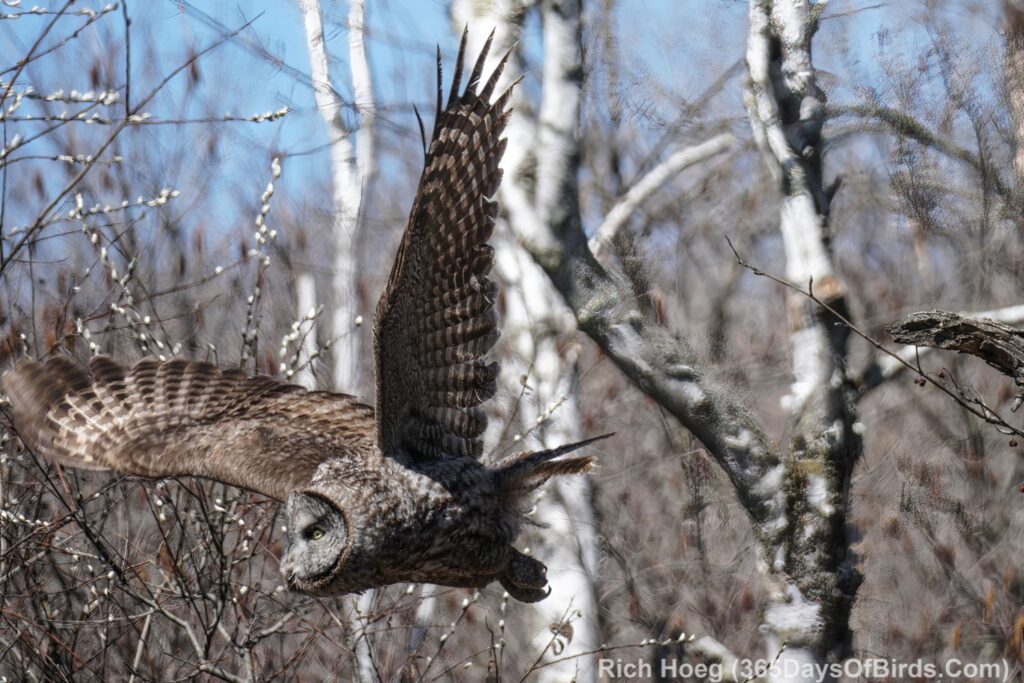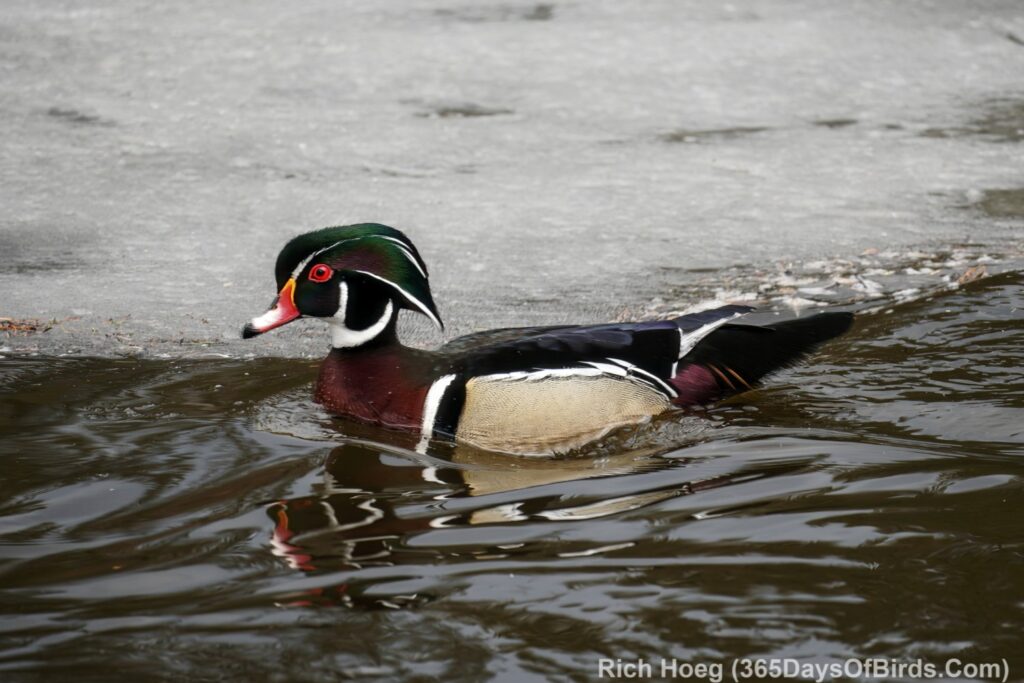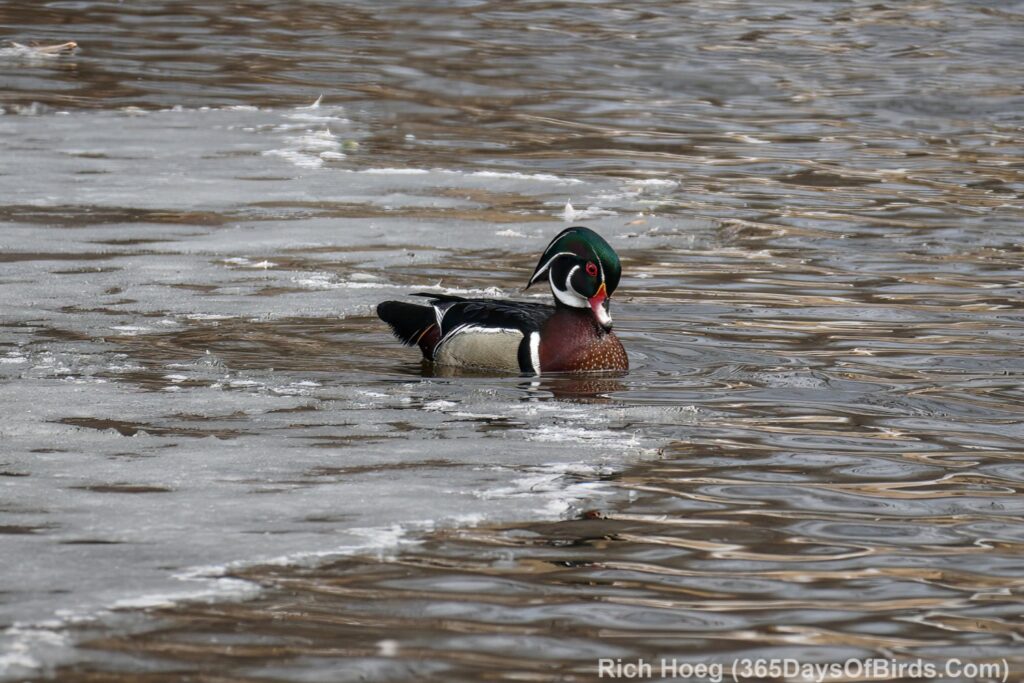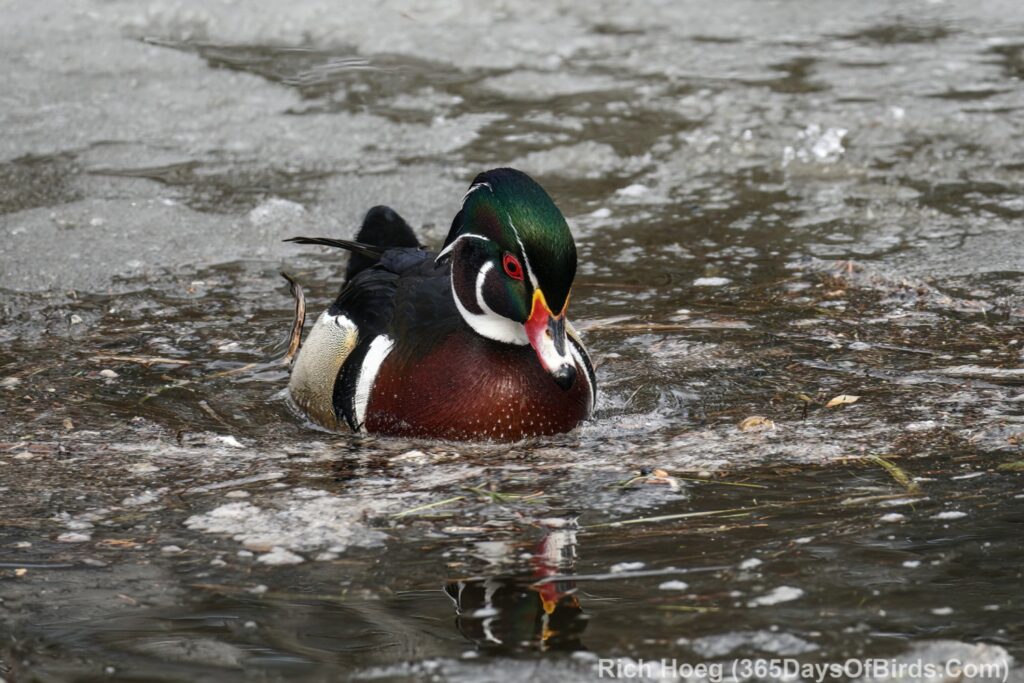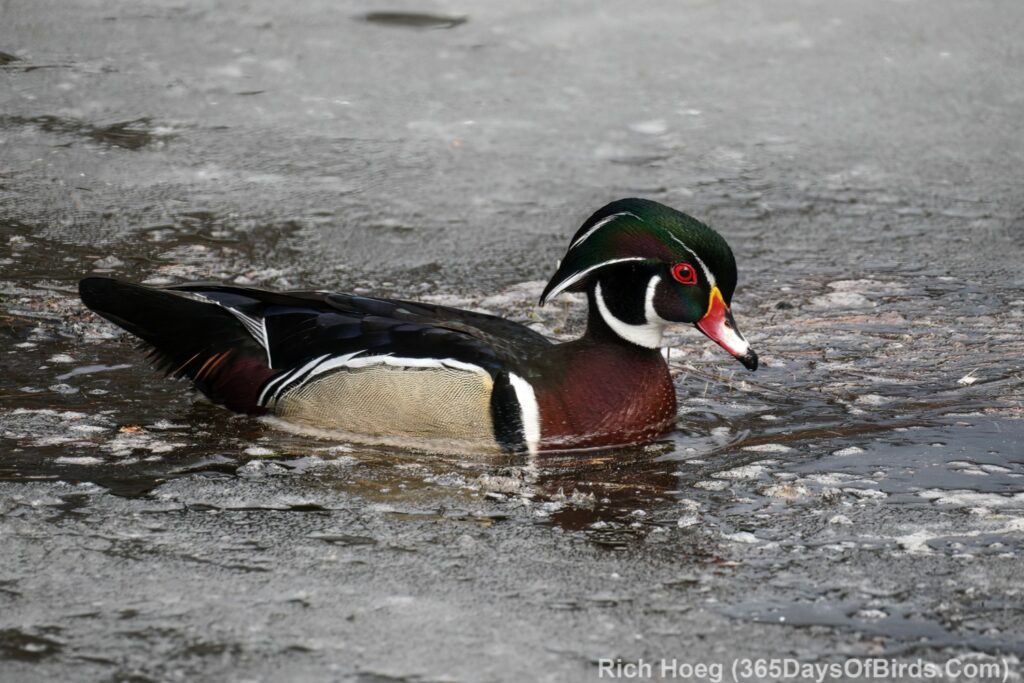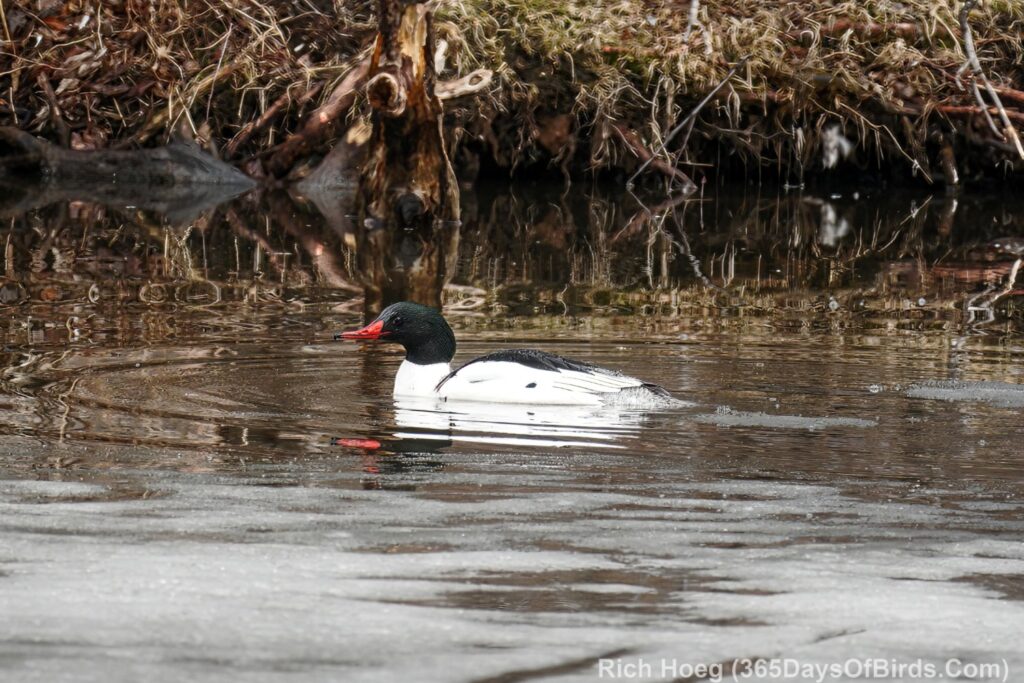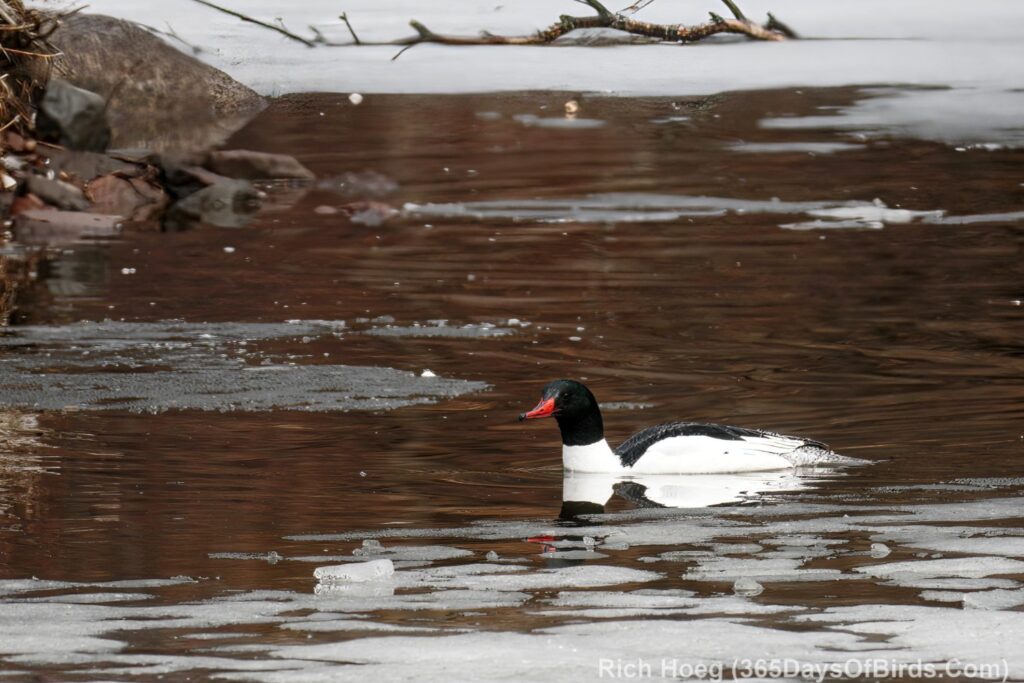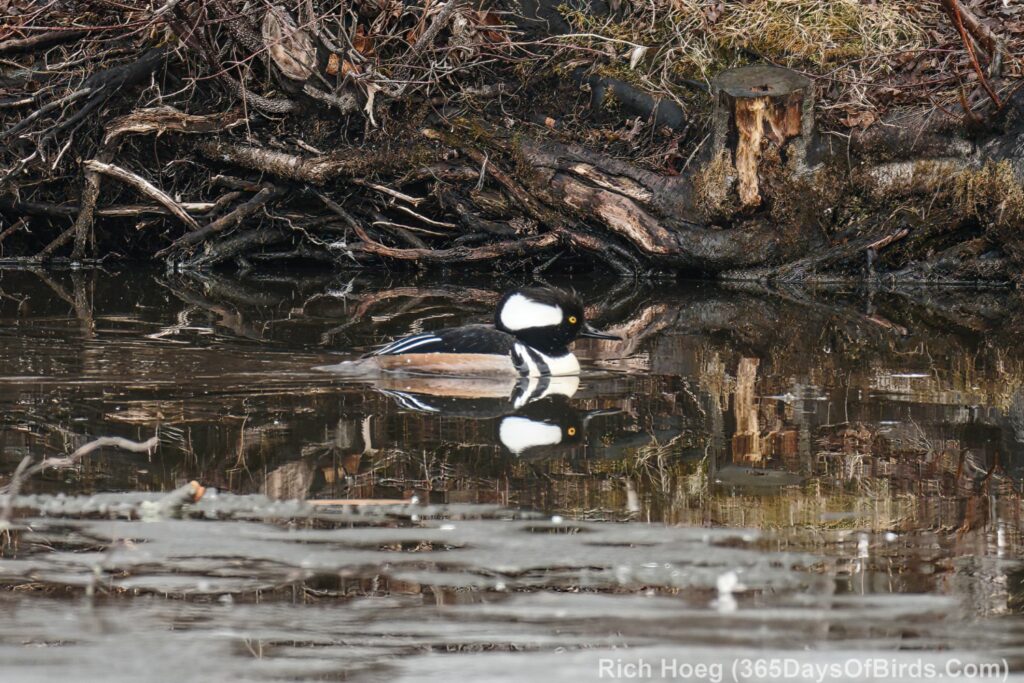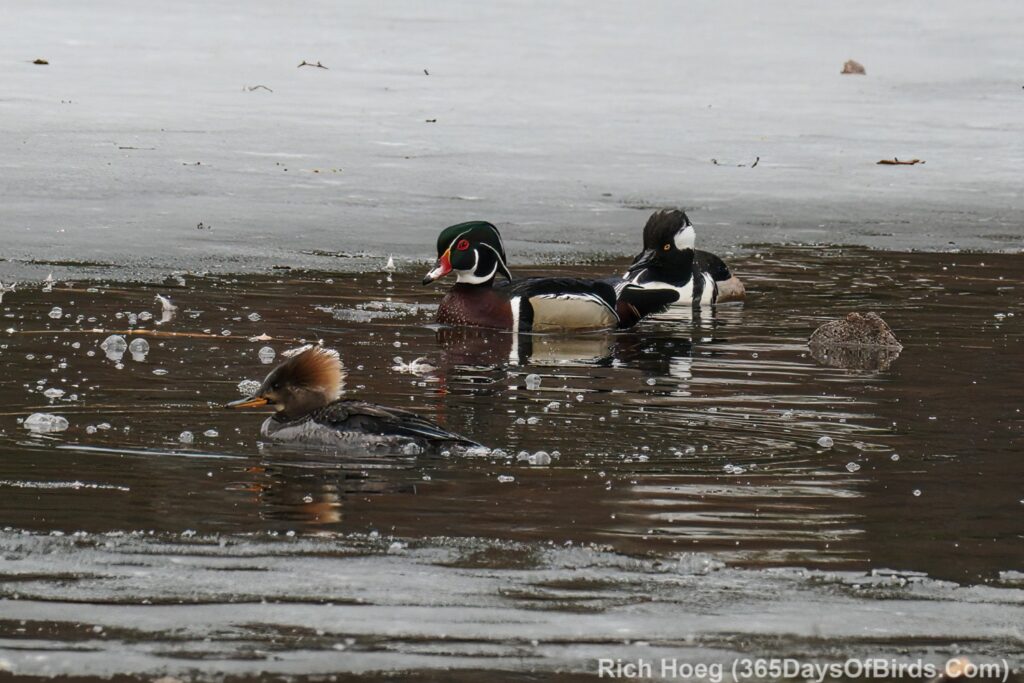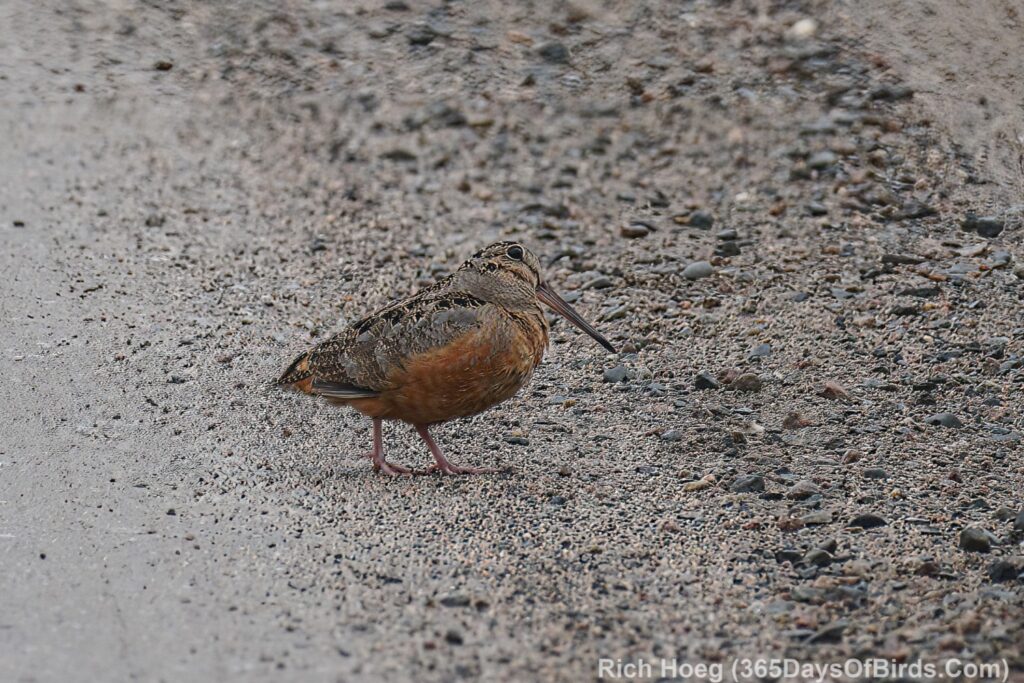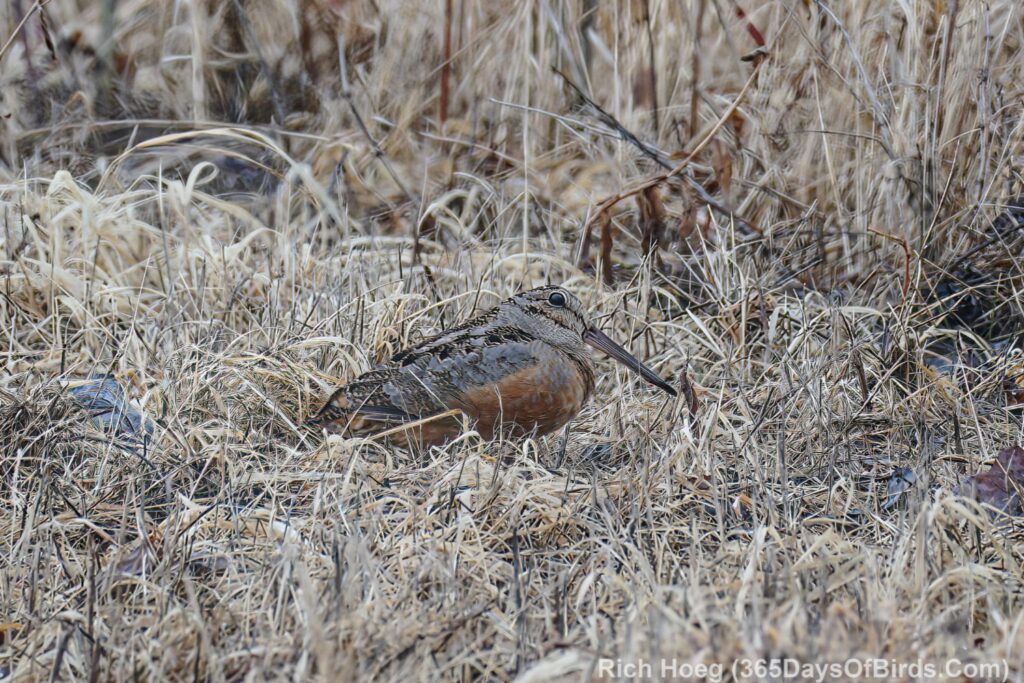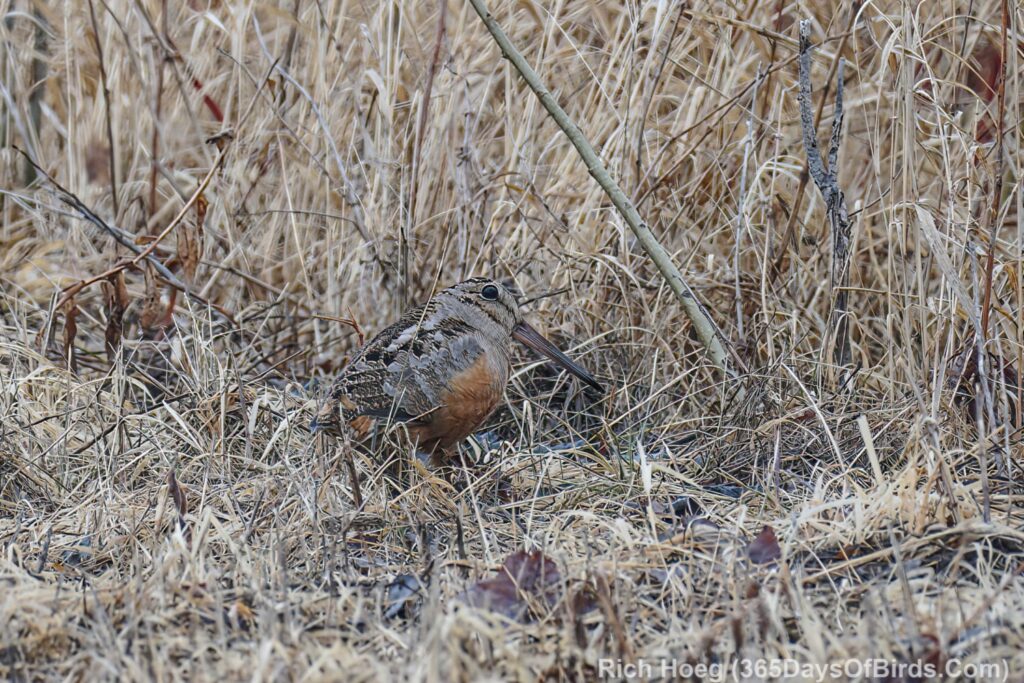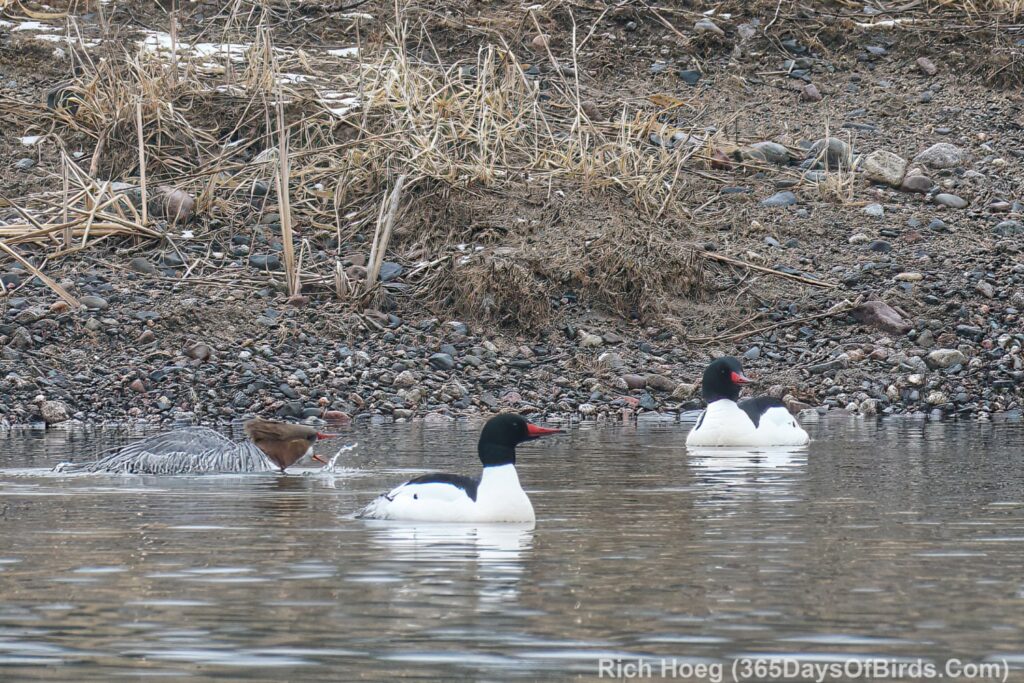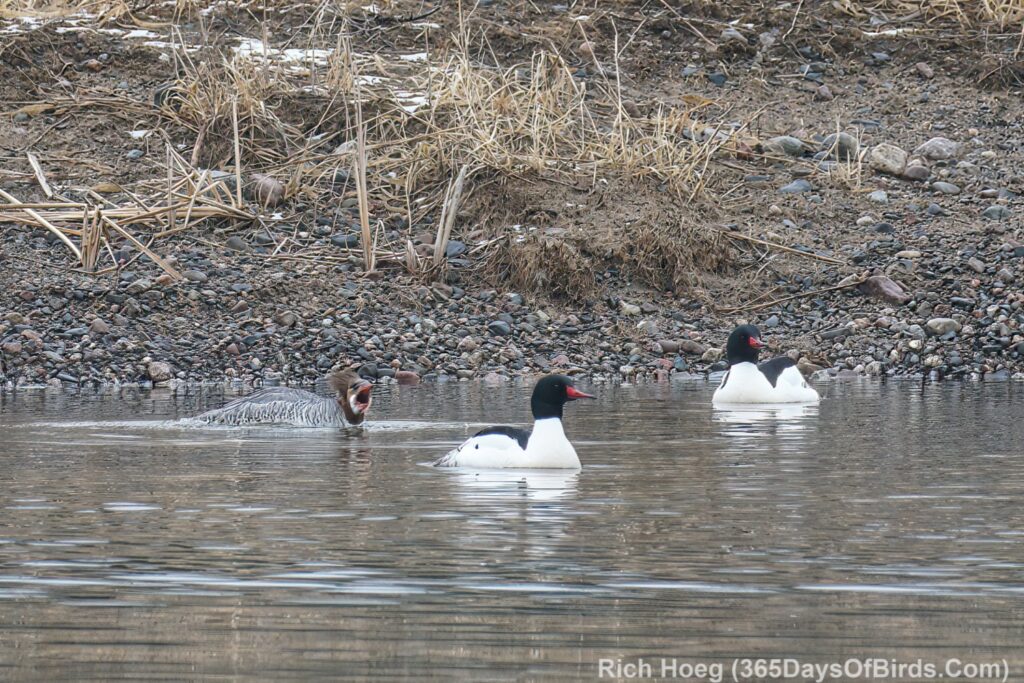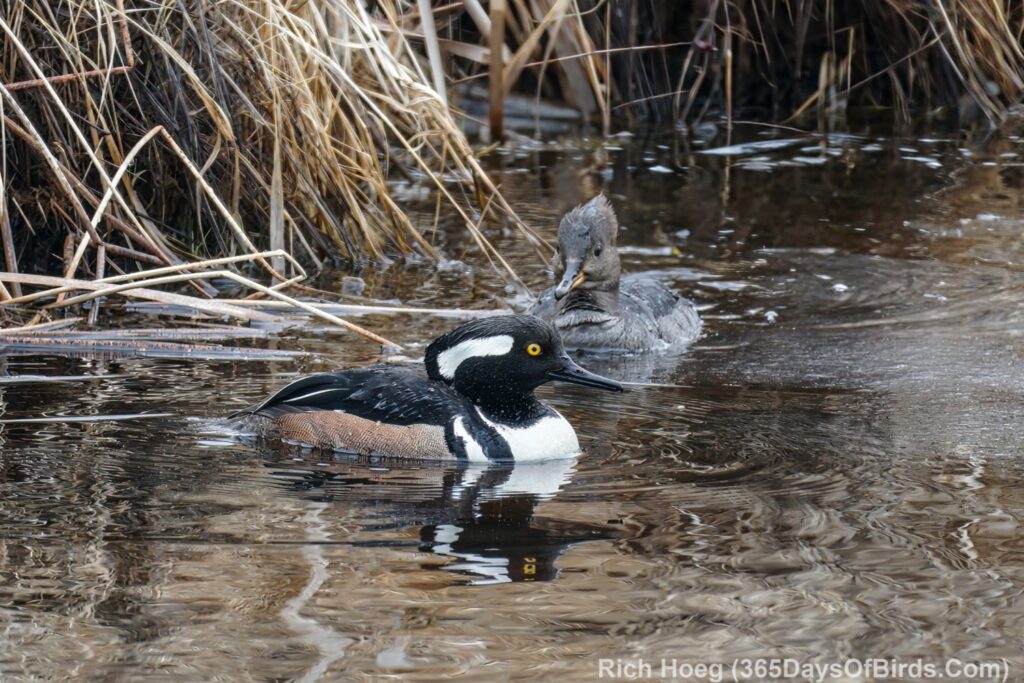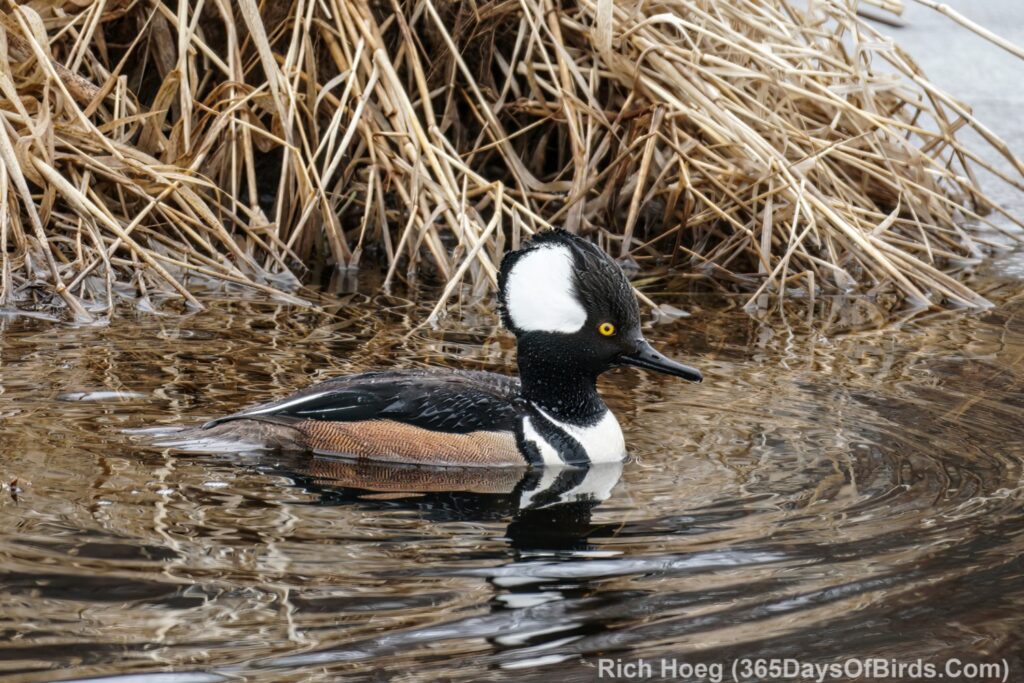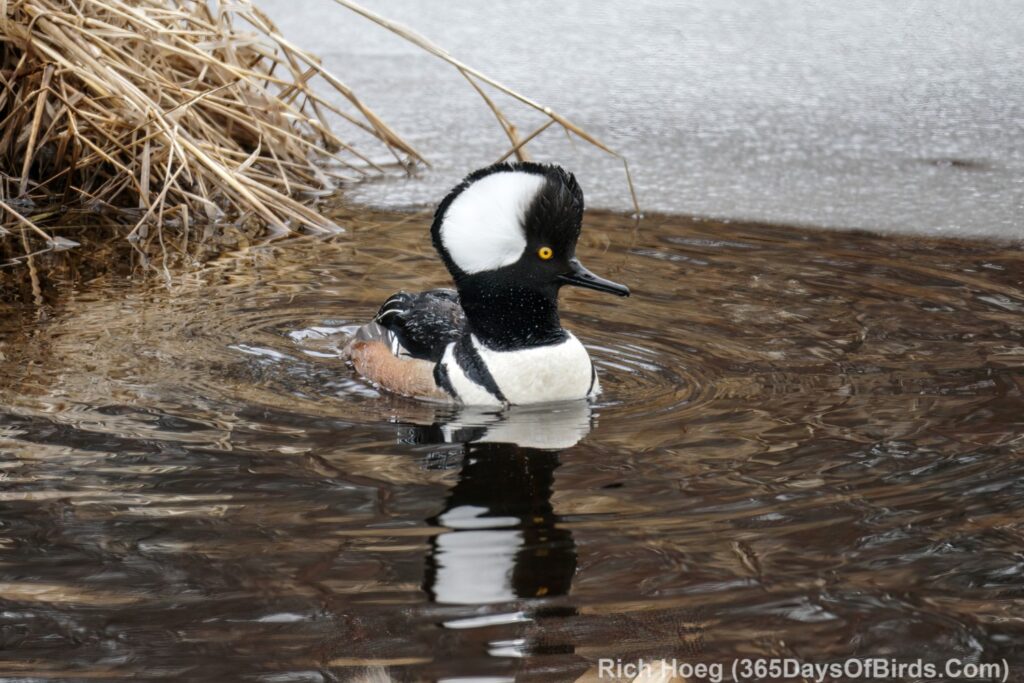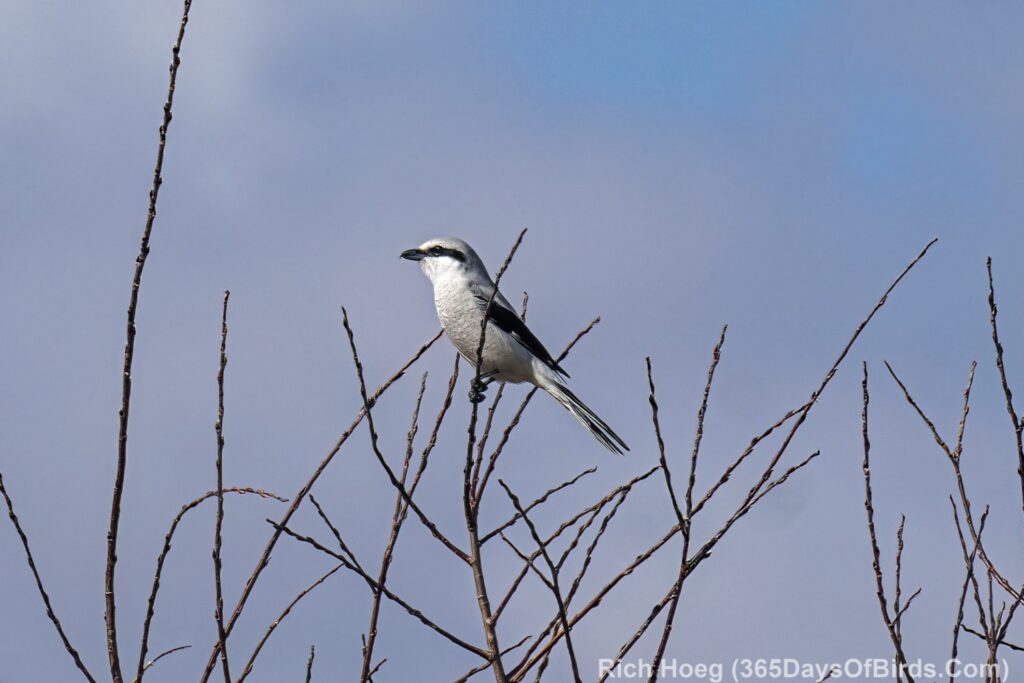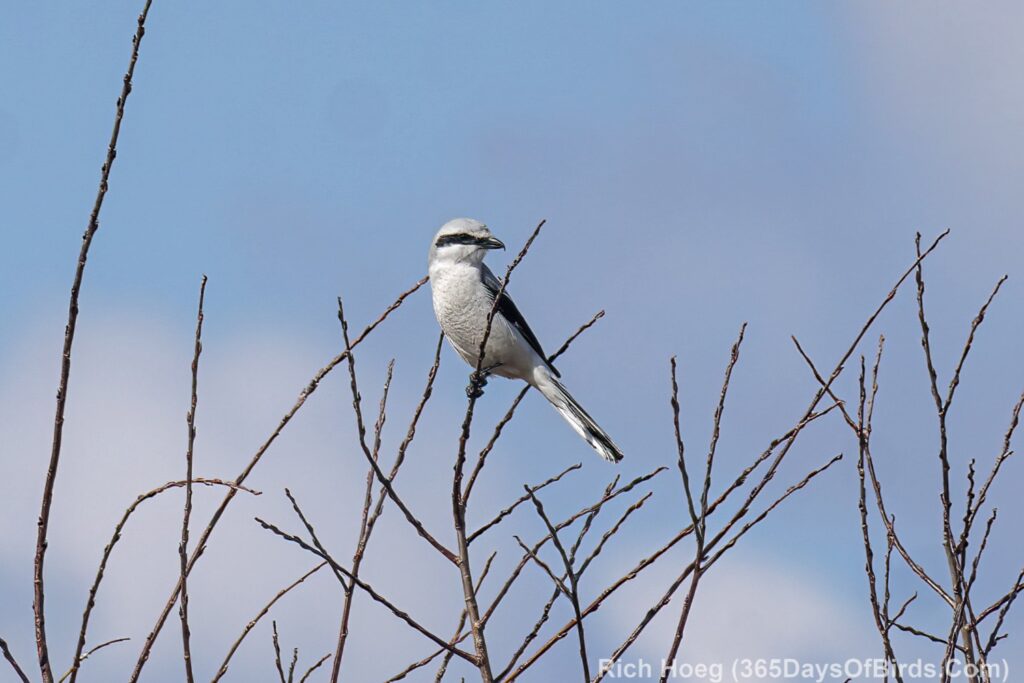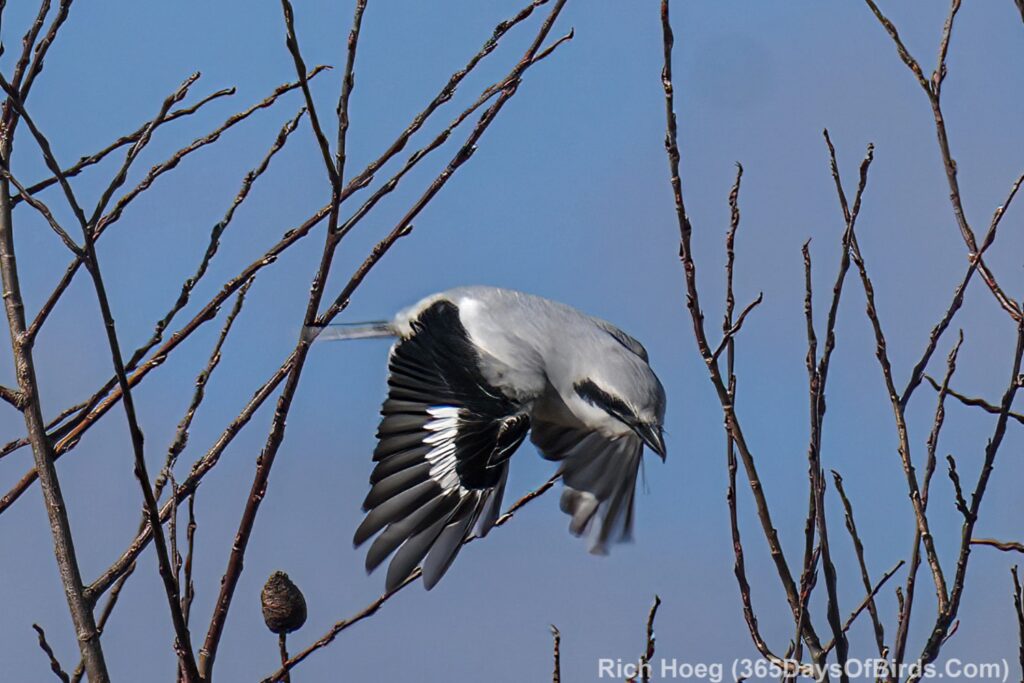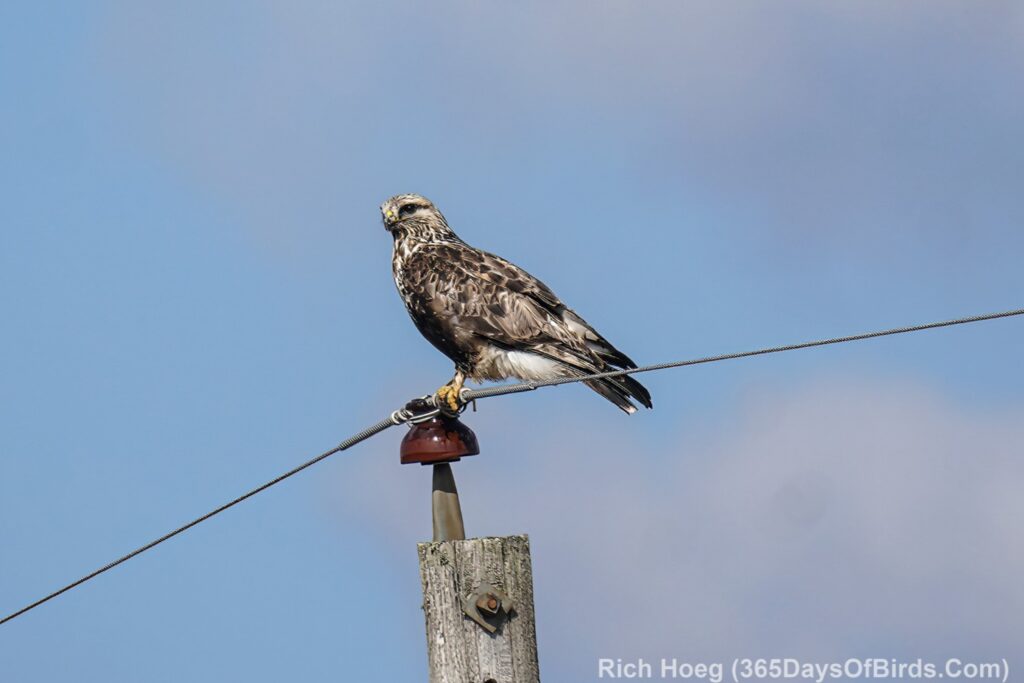The swallows return to Capistrano (Pat Boone YouTube Link for eMail subscribers), and the White Pelicans return to Chambers Grove, Duluth!
Actually Pat Boone’s song is from 1957, just one year after I was born. While growing up in Duluth EVERYONE knew that the St. Louis River was a cesspool with pollution caused by the US Steel Plant and multiple paper mills. You did not swim or fish in this river. However, thanks to the great efforts of regional governments and the EPA our river is now crystal clean. Sturgeon which demand fresh, clean water once again are spawning in the St. Louis River. There exists a trophy musky fishery, and many species of fish now spawn near Chambers Grover and the base of the rapids and falls of the river. Wild Rice even grows once again in the backwaters of the river. Finally, the White Pelicans are back (and have been for many years) and will once again gorge themselves during their northward migration on spawning fish.
Two nights ago the White Pelicans returned to Chambers Grove (GPS Link). While there had been a few pelicans on the river, Wednesday night the BIG numbers started to arrive. Visit Chambers Grove for the next 2 to 3 weeks and you will see these birds before they head out fishing. Just park in the city park, and make the short walk over to the river. The birds will be congregated on any of the island’s numerous rock reefs.
Duluth Chambers Grover White Pelicans (video link for email subscribers)
Meanwhile across town the invasion of the vole snatchers continues. This winter’s owl irruption is now working is way north in reverse. This Great Gray Owl was hunting voles Wednesday afternoon near WDIO TV.
Duluth Great Gray Owl
